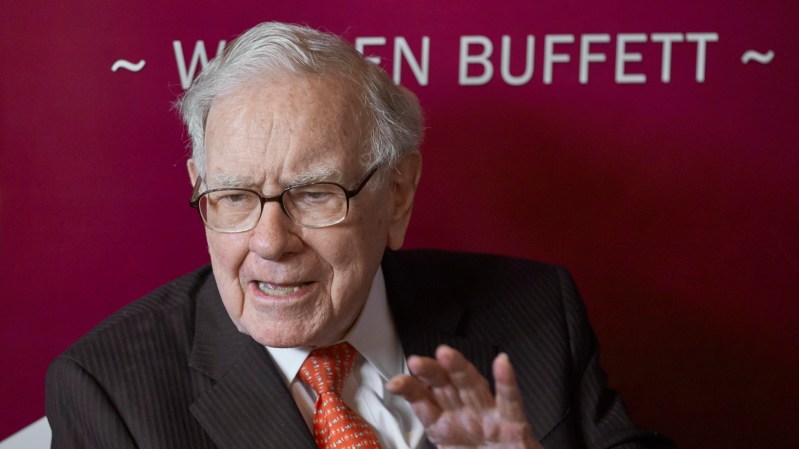UK unemployment rate falls and pay growth slows
Wages growth slipped to a two-year low and the unemployment rate fell unexpectedly in the second quarter of the year, providing mixed signals about the state of the labour market.
A measure of weekly earnings growth excluding bonuses fell from 5.8 per cent to 5.4 per cent in the three months to the end of June, the lowest level since July 2022 and in line with economists’ forecasts. Wages growth including bonuses declined from 5.7 per cent to 4.5 per cent, the weakest measure since February 2021, with the sharp drop caused by the one-off impact of NHS bonuses awarded last June.
The easing in wage pressures will be welcomed by the Bank of England, which began cutting interest rates this month but which has warned that strong earnings growth will need to keep falling to ensure that inflation remains stable at 2 per cent in future.
The unemployment rate in Britain fell in the second quarter from 4.4 per cent to 4.2 per cent, the Office for National Statistics said, defying expectations of a rise to 4.5 per cent and offering a sign that the labour market is not cooling as had been expected.
However, official measures of unemployment have been beset by low response rates to the statistics office’s monthly labour market survey, casting doubt on the accuracy of the numbers. The ONS has said that it is working on a revamped labour force survey due to be introduced later in 2024.
Rob Wood, chief UK economist at Pantheon Macroeconomics, a consultancy, said that parts of the labour force figures were “so unreliable that the monetary policy committee [the Bank’s ratesetting body] will want to place relatively little weight on them”. The Bank has said that it is using a range of other labour market indicators, including private sector surveys, to inform its interest rate decisions.
Other measures of the jobs market also painted a mixed picture. Payrolls rose by 24,000 in June, better than forecasts of 10,000, while the number of people claiming unemployment benefits rose by more than 135,000 last month, a sharp increase on the 36,000 increase recorded in June. Economists said this jump was likely to have been caused by the government’s decision to make some universal credit recipients increase their working hours.
The total number of job vacancies, an important measure of labour market tightness, fell for the 25th consecutive month by 26,000 to 884,000, while the inactivity rate was steady at 22.2 per cent.
Financial markets expect at least two more interest rate reductions from the Bank this year after the MPC reduced the base rate for the first time in four years this month to 5 per cent.
Sonali Punhani, UK economist at Bank of America, said the mixed jobs figures highlighted “the need for a cautious and slow easing cycle from the Bank. We expect one more cut in November this year, four cuts in 2025 and two cuts in 2026. But risks are firmly tilted towards less easing compared with our base case. Today’s data highlights the possibility that the labour market could tighten again due to stronger growth, which can stall the easing in wage growth.”






